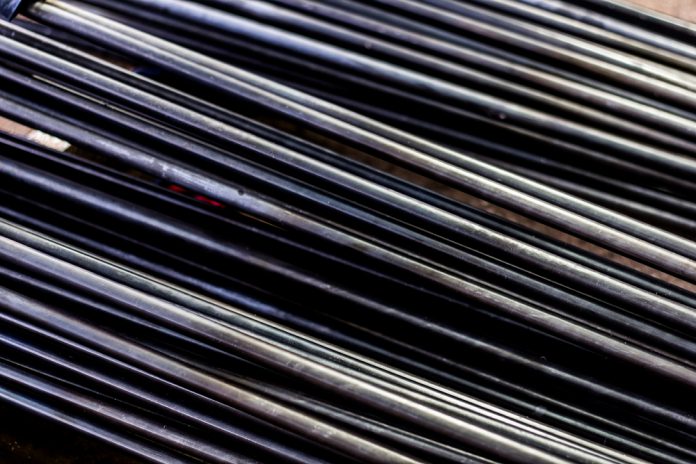170 jobs have been saved and over 300 more will be created at the Fort William smelter in the Scottish Highlands, after it was announced that Liberty House and SIMEC would invest £120 million into the site.
Steel company Liberty House and its partner SIMEC bought the smelting plant from Rio Tinto for £330 million last month, saving it from closure. Liberty said the 170 jobs in Lochaber will remain, and its investment into expanding metal manufacturing and downstream engineering there will create over 300 more jobs.
Liberty House and SIMEC operate together under the GFG Alliance partnership. Sanjeev Gupta, executive chairman of Liberty House Group and of the GFG Alliance strategic board, said:
“We hope this day will come to be recognised as the start of a bright new future for Highland industry.
“It puts Lochaber right at the heart of our vision for sustainable and integrated local production that can revitalise British manufacturing.”
The deal includes the hydro-electric station and aluminium smelter at Fort William, the neighbouring hydro-plant at Kinlochleven and over 100,000 acres of estate land which hosts the water catchment area. Liberty also said that the Scottish government had supported the deal by guaranteeing the power purchases of the aluminium smelter for the next 25 years.
Scottish First Minister Nicola Sturgeon will be visiting the plant later on Monday, describing it as a “historic day” for the smelter.
She said: “Today is the start of an exciting new chapter in Scotland’s manufacturing story and the Scottish government and its agencies will keep working with Sanjeev Gupta and the GFG Alliance to help them realise their enterprising vision for Lochaber.”
Jay Hambro, chief investment officer of the GFG Alliance, and chief executive of Simec energy & mining divisions commented:
“These hydro-power stations have enough capacity to power around 83,000 homes.
“Today Lochaber provides the power required to produce 47,000 tonnes of aluminium. We have already identified investment programmes to significantly increase power generation from the existing assets and are studying how to create further capacity locally.”

